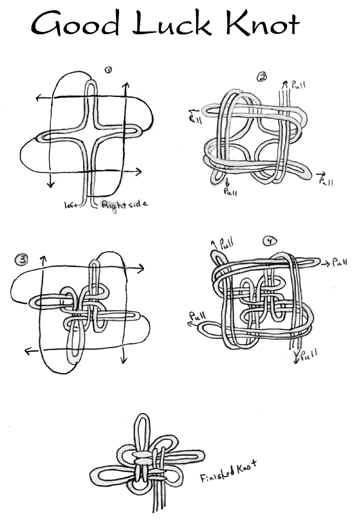
| © | Dror Bar-Natan: Classes: 2004-05: Math 1300Y - Topology: | (34) |
Next: Class Notes for Thursday November 18, 2004
Previous: Class Notes for Tuesday November 16, 2004 |
Solve 5 of the following 6 problems. Each problem is worth 20 points. If you solve more than 5 problems indicate very clearly which ones you want graded; otherwise a random one will be left out at grading and it may be your best one! You have an hour and 50 minutes. No outside material other than stationary is allowed.

Problem 1. Let ![]() be an arbitrary
topological space. Show that the diagonal
be an arbitrary
topological space. Show that the diagonal
![]() ,
taken with the topology induced from
,
taken with the topology induced from ![]() , is homeomorphic to
, is homeomorphic to
![]() . (18 points for any correct solution. 20 points for a correct
solution that does not mention the words ``inverse image'', ``open
set'', ``closed set'' and/or ``neighborhood''.)
. (18 points for any correct solution. 20 points for a correct
solution that does not mention the words ``inverse image'', ``open
set'', ``closed set'' and/or ``neighborhood''.)
Problem 2. Let ![]() be a connected metric
space and let
be a connected metric
space and let ![]() and
and ![]() be two different points of
be two different points of ![]() .
.
Problem 3.
Problem 4.
Problem 5. The ``diameter'' of a metric space
![]() is defined to be
is defined to be
![]() .
.
Problem 6. If ![]() is a sequence of continuous
functions
is a sequence of continuous
functions
![]() such that
such that
![]() for each
for each
![]() ,
show that
,
show that ![]() is continuous at uncountably many points of
is continuous at uncountably many points of
![]() .
.